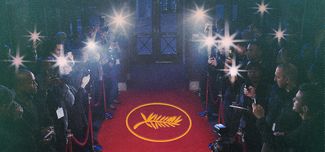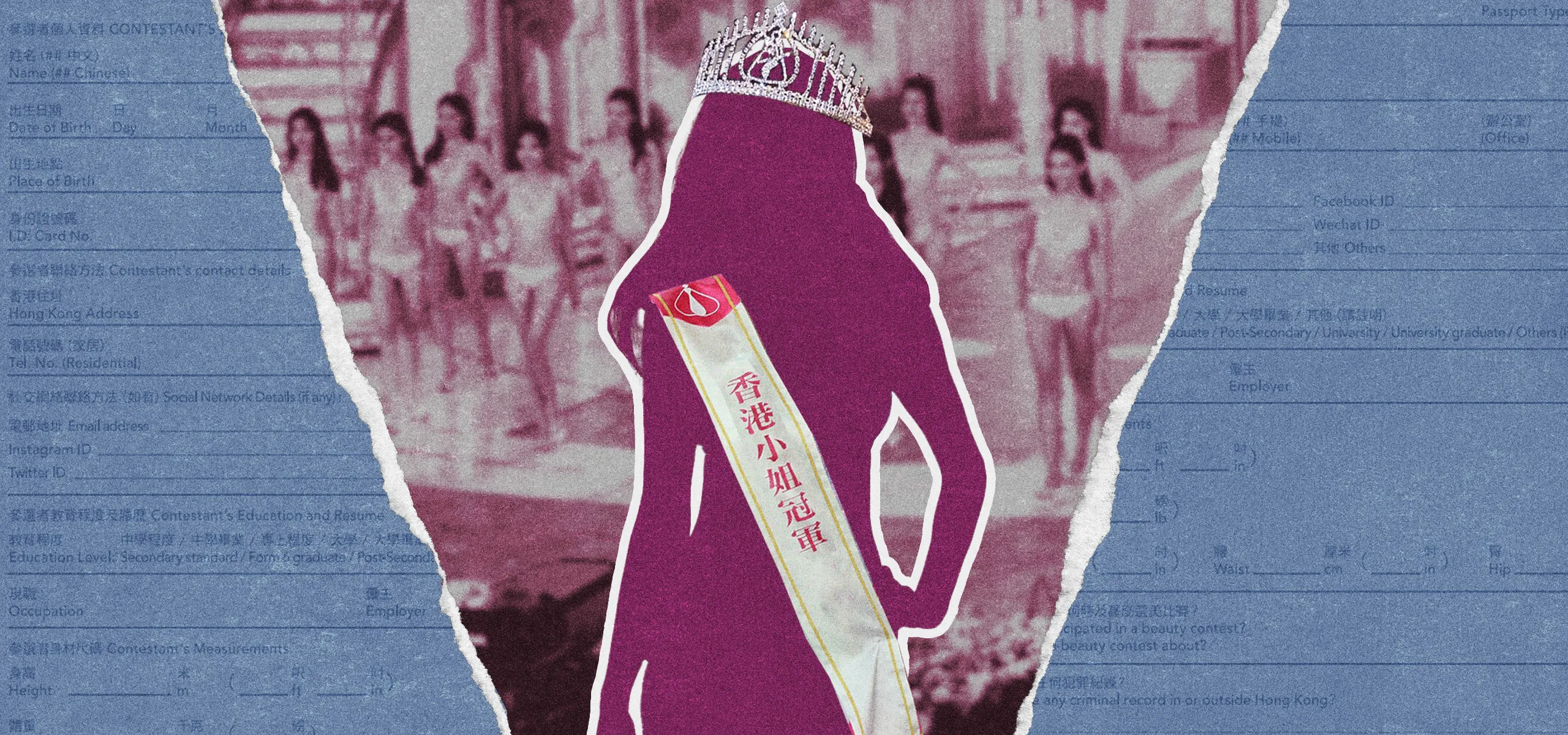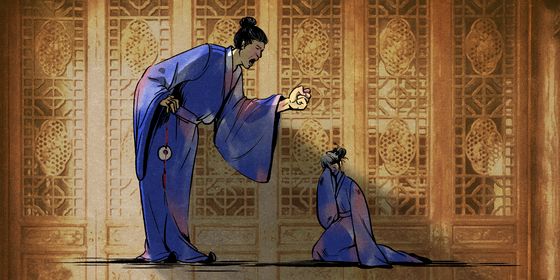How Hong Kong’s once-iconic beauty pageant evolved through decades of cultural shifts, media scrutiny, and changing definitions of beauty
The Miss Hong Kong pageant, a glittering annual spectacle that once captivated millions, crowned its new queens on September 15. In a stark reversal from recent years, when contestants were ruthlessly mocked online for being “ugly,” netizens are praising this year’s winners for their beauty, reminiscent of the pageant’s golden era in the 1980s and ’90s.
The newly crowned Miss Hong Kong, Ellyn Ngai Lok-lam, has even been dubbed by the media as the second coming of the iconic actress Michelle Reis, widely considered the “most beautiful” of the 78-year-old beauty pageant.
Yet even these surprisingly glowing reviews can’t mask the sobering truth: the prestigious pageant is a shadow of its former self, struggling to reclaim the massive audiences and cultural influence it once commanded. Changing rhetoric surrounding beauty standards and rising feminist awareness in the recent decade have further diminished the pageant’s relevance, as more people question the value of such competitions and push for a broader, more inclusive definition of beauty and success for women.
From swimsuits to stardom
For a long time, the pageant was considered a cornerstone of classic Hong Kong culture, producing many well-known movie and TV stars, such as Maggie Cheung from In the Mood for Love (2000) and Ada Choi from Empresses in the Palace (2011). However, few know that Miss Hong Kong was not original meant to select a regional icon.
Read more about Chinese pageants and beauty standards
- Face Value: China' Struggle to Crown Its Own Beauty Queen
- The Thin Line: China’s Dangerous Boom in Extreme Weight Loss Techniques
- K-Pop Roadshows: A Space for Liberation or Objectification?
The first Miss Hong Kong event was held by the Hong Kong Chinese Amateur Swimming Association and the Royal Air Force Club in 1946, when Hong Kong was a British colony, as part of a charity swimming competition. With the local economy beginning to recover and cultural activities resuming just after World War II, the pageant aimed to provide much-needed entertainment and raise funds for injured British soldiers and others in need.
The rules of the pageant were simple: all women aged 16 to 60, who had a swimsuit, could participate. On the day of the contest, 11 contestants, selected out of the 117 who signed up, walked on the diving board in swimsuits and white shoes, while the judges rated their looks.
Winning the Miss Hong Kong title wasn’t considered an honor at the time, either. Hong Kong society was relatively conservative, and women with high educational backgrounds or social status rarely wore revealing clothes in public. Many early contestants were waitstaff, ballroom workers, and escorts. Some didn’t even use their real names: The first-ever Miss Hong Kong Leung Suk-chun went by the name Lee Lan.
The 1946 pageant drew big crowds. According to the Kung Sheung Daily News, over 1,000 people bought tickets to watch, while thousands more gathered outside just to catch a glimpse of the event, something unprecedented in Hong Kong.
However, the contestants’ background triggered outcry in a still-conservative society in the early years. The organizers were also criticized for poor management, leading to chaos. For instance, in 1947, media reports claimed that the organizers asked audience members to come on stage as contestants to inflate the numbers. Some also suspected that the results were manipulated. The frequent mishaps and negative media coverage dampened the organizers’ enthusiasm and confidence, leading to Miss Hong Kong being put on hold after just three pageants.
The pageant was revived in 1952 when the US hosted the first Miss Universe contest and invited Hong Kong to participate. This relaunch introduced stricter rules and a more refined image—the winner would now represent Hong Kong on the Miss Universe stage.
The candidate’s age range was shortened to 18 to 28. Two more rounds were added before the final contest. Apart from swimsuits, contestants also needed to wear casual clothes and evening gowns. Women with controversial occupations, such as escort services, were banned from participating in the contest, as only women with a demure and decent image could represent Hong Kong in front of the world.
As a result, women with higher intellectual or social backgrounds began to emerge in the contests, and achieved significant results in the international beauty pageants. The 1952 Miss Hong Kong, Judy Dan, whose mother was a famous movie star in Shanghai, made it to the fourth place in the Miss Universe contest. The Miss Hong Kong of 1959, Michelle Mok, was considered the first highly educated winner. When taking part in the beauty pageant, she was a business school student, and spoke English, French, German, and Spanish. She was also the first contestant to represent Hong Kong on Miss World, the slightly older international beauty pageant created in the UK in 1951.
Booming beauty
In the ’60s, international trade, finance, and tourism formed important parts of Hong Kong’s economy, and the colony started searching for cultural exports to put it on the map. Television Broadcasts Limited (TVB) first started livestreaming the pageant on its free channel, Jade, in 1970, then took full management of the event in 1973, broadcasting it on its own channel and pushing the pageant’s popularity to new heights.
According to Southern People Weekly, in 1976, TVB rebranded the pageant as an event to “find a girl who is beautiful, intelligent, and can truly represent Hong Kong’s excellent scenery and culture, in order to enhance the impressions people overseas have for Hong Kong” with the slogan “beauty as well as brains.”
The eligibility requirements became even stricter and have slightly changed over the years. Generally, contestants need to be young (usually aged 17 to 27), holding a Hong Kong ID or passport, never been married or pregnant, and being nominated to the organizer—by anyone who finds the applicant a suitable candidate, from a former contestant to the applicant’s own mother. The organizer will then invite selected applicants to the first round of interviews, where only a few dozen ladies will stay for the upcoming training camp.
In the camp, contestants will receive rigorous training in manners: how to apply makeup, how to be photogenic, and how to behave on different occasions. Finalists who make it through this round will participate in indoor and outdoor photo shoots with different themes to gain public attention. For example, this year’s finalists have toured Hong Kong and Inner Mongolia, as well as foreign locations like Saipan, Singapore, and the Philippines, to attend local cultural events and meet local female representatives to promote the theme of this year’s pageant “Proud to Be a Woman.” A reality show about their tours plays on TVB channels and their social media accounts.
The finale is usually livestreamed by TVB, where finalists showcase themselves in swimsuits and evening gowns. The judges will ask them tough questions to test their knowledge, reaction time, confidence, and ability to remain calm under pressure. In the end, the winner, the first and second runners-up, and some special awards (such as Miss Photogenic) are announced.
For contestants, the months-long competition can be stressful due to lack of sleep, long hours of training, and paparazzi ambushing them with questions everywhere. But the reward can be considerably huge. In 1986, the total value of prizes awarded to Miss Hong Kong hit 1 million Hong Kong dollars, including jewelry, cars, cash, and travel reimbursements. The top 30 candidates could receive jewelry worth more than 3,000 yuan. In 1988, when Michelle Reis won the contest, she received an apartment worth 500,000 yuan and a sports car worth 400,000 yuan.
Generous prizes motivate many girls to give this contest a shot, especially those from poor families, such as Cherie Chung and Ada Choi. Although Chung and Choi didn’t win first place, they started their acting careers right after the competition and soon became extremely popular across the region. Chung was nominated for the Golden Horse Awards and Hong Kong Film Awards multiple times. There was even a popular saying in Hong Kong during the ’80s and ’90s: “No matter how famous, no one surpasses [actor] Chow Yun-fat; no matter how popular, no one outshines Cherie Chung (再发发不过周润发,再红红不过钟楚红).”
Similarly, Choi signed an acting contract with TVB after the contest and started playing key roles in TV series produced by the network. At the age of 25, she won the Best Female Lead at the TVB Anniversary Awards and became the youngest actress to have held this title.
Chung and Choi’s successful acting careers reflect another perception Chinese audiences have of Miss Hong Kong, including mainland audiences—it’s an actress talent pool for TVB. Some of the most iconic TV and movie stars have emerged from the pageant, such as Angie Chiu, who portrayed Bai Suzhen in the beloved TV series New Legend of Madame White Snake, and Maggie Cheung, the first Chinese actress to win Best Actress at both the Cannes Film Festival and the Berlinale.
The contestants’ success was also a result of Hong Kong’s booming entertainment industry at the time. TVB’s parent company, Shaw Brothers, established a well-oiled system where Miss Hong Kong became a platform for discovering potential stars, while TVB Artiste Training Class provided professional training. A prime example is the iconic mob drama The Bund, starring Chow Yun-fat and Angie Chiu. Its gangster theme was rare then, contributing to its success, while Chiu’s status as a Miss Hong Kong finalist brought it a lot of attention.
The growing popularity of Miss Hong Kong paralleled the success of Hong Kong TV series and films, with each influencing the other and together becoming symbols of Hong Kong’s golden era. In 1992, the “Four Heavenly Kings (四大天王),” the most popular male singers at the time, were invited to perform for Miss Hong Kong’s finale. According to Hong Kong newspaper Sky Post, this year’s audience rating reached 100 percent.
Meanwhile, across China, the “Hong Kong Style (港风)” fashion trend soared. The most representative looks included thick and black long hair, red lips, and wide use of red color in their outfits. Miss Hong Kong significantly shaped female aesthetics throughout China, with young women imitating the hairstyles, makeup, and outfits of Hong Kong actresses.
Read more about China’s entertainment industry
- High Stakes in Short Takes: China’s Booming Micro-Drama Business
- The Murky Management Companies Behind China’s Biggest Internet Stars
- Will Reality TV Save Chinese Stand-Up Comedy?
When beauty pageant isn’t the only way out
Miss Hong Kong, at its height, gave women of all social classes a chance to enter the world of fame and fortune. Hong Kong’s affluent society at the time gave the pageant a glamorous aura.
However, the golden days of Miss Hong Kong didn’t last long. Only a year later, the winner of the 1993 pageant Hoyan Mok fared very differently from her predecessors. Many media cite this year as a turning point for the annual event. Mok was believed to have won this contest because of her educational background rather than her physical appearance, sparking discussions about beauty standards.
Unlike previous champions, who enjoyed widespread public support and resources, Mok did not resonate well with the entertainment industry or the audience. Some even called her “the ugliest Miss Hong Kong.” Since then, Charmaine Sheh from the 1997 contest and Myolie Wu from 1999 have been the last few successful Miss Hong Kong contestants. By 2001, the audience rating had dropped to 21 percent.
The decline of Miss Hong Kong was perhaps inevitable as Hong Kong’s entertainment industry went into a slump, becoming known for low-quality films. The 1998 economic crisis and a saturated local market left actresses with fewer career opportunities. According to data from the Hong Kong Film Archive, in the late 1980s and early 1990s, the annual output of Hong Kong movies was above 100 and occasionally surpassed 200. In 2008, this number dropped to 53.
Some, like Ada Choi, turned to the mainland Chinese market, which experienced fast growth in the 2010s. In 2011, Choi starred in the period drama Empresses in the Palace, which later became a cultural touchstone with international impact. Others, including director Hark Tsui and Malaysian-born actress Michelle Yeoh, took their chances with Hollywood. Imported movies started to occupy the Hong Kong market, and as Hong Kong films lost ground, Miss Hong Kong also lost its importance to contestants and audiences.
To save the show, TVB started to target mainland audiences by inviting more candidates from the Chinese mainland, and opening up voting and livestreaming channels for broader audiences.
The strategy worked to some extent. Contestants began sharing their pageant experiences on popular mainland social media like Xiaohongshu. The less-than-ideal Cantonese fluency of mainland contestants renewed public discussion (though not always positive) both in Hong Kong and beyond. Last year, the Miss Hong Kong final became the most-watched TV program of the week, though it’s worth noting that its audience rating was only 23.7 percent, far from its peak years.
Even candidates don’t seem to take Miss Hong Kong as seriously as before. The Bund, an online magazine focusing on urban lifestyles, reported that many candidates in recent years have been influencers who want to use the Miss Hong Kong experience to build their own brand and drive internet traffic. A 2023 contestant, who documented her experience as a Miss Hong Kong applicant on Xiaohongshu, admitted in a video that Miss Hong Kong is a good topic for attention-taking on her social media account.
Clearly, a beauty pageant isn’t the only way for people to stand out from the crowd anymore. With the rise of the influencer economy and social media, women don’t have to go through tough training camps or be rated on a (physical) stage to gain fame and fortune. According to an article published by business media 36Kr, for influencers with 10,000 followers, their monthly income could surpass 10,000 yuan (1,400 US dollars). Some top influencers with millions of followers could earn more than 100,000 yuan a month in a good year.
No standard is the new standard
Although discussions about the Miss Hong Kong pageant still primarily focus on candidates’ appearances, with critics calling them ugly or identical-looking due to alleged cosmetic surgery or conforming to viral beauty standards, there is a growing movement encouraging women to embrace diverse body types and their own unique beauty.
The “Hong Kong woman style (港女风格)” is also getting a new definition. Instead of aesthetics only, it now represents many non-physical traits women across the region admired in Hong Kong women in the 1980s and 1990s: confident, energetic, relaxed, and positive. Many netizens describe this vibe as “strong qi and blood (气血旺盛).” Though Miss Hong Kong may never regain its former glory, its contributions clearly live on in today’s changing expectations about beauty and pageantry.


















